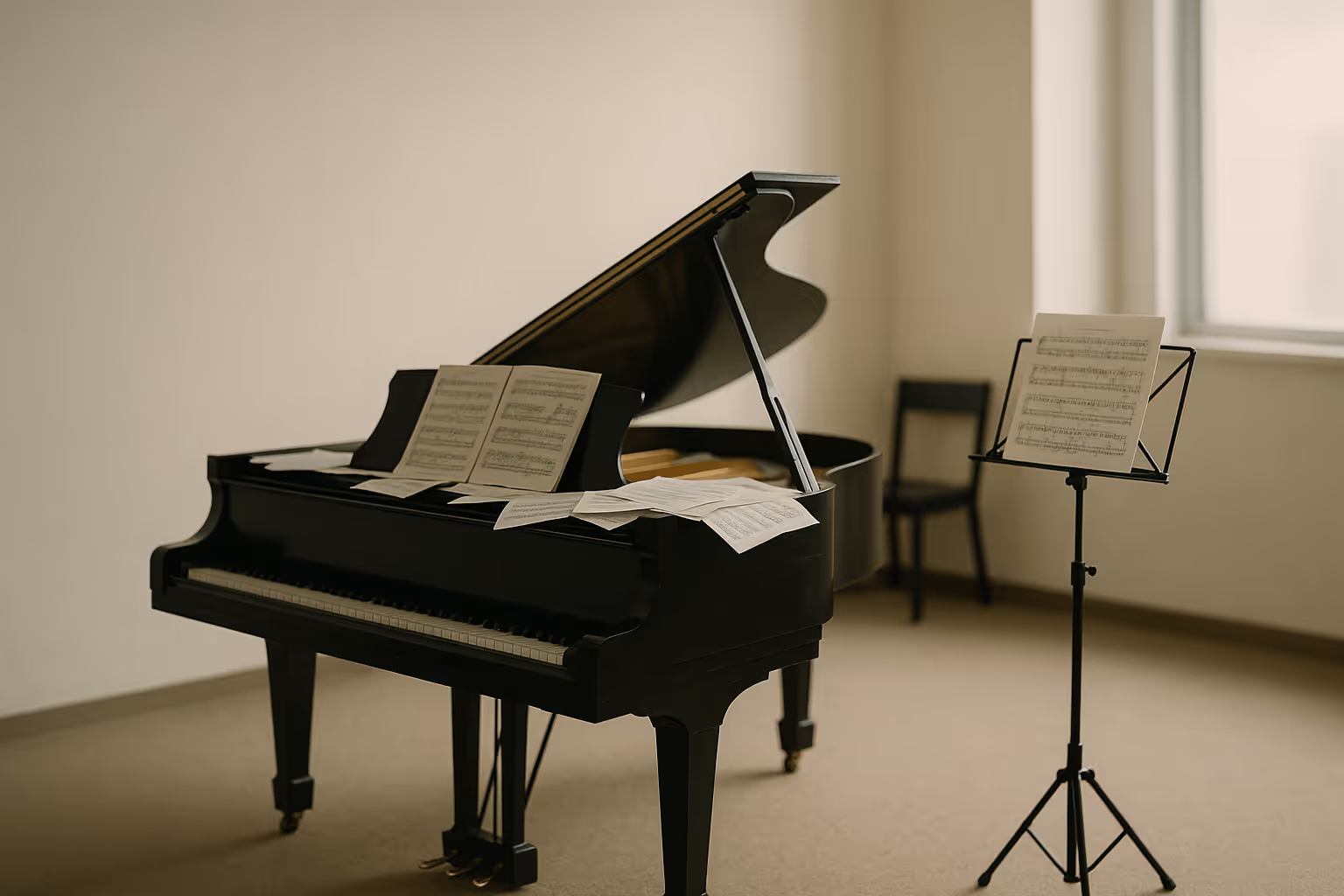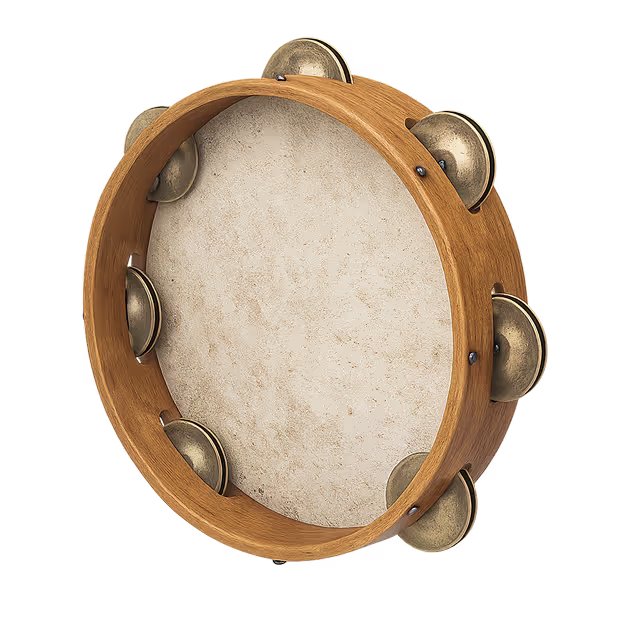Introduction
Many musicians begin with one instrument and never look beyond it — but exploring others can open entirely new creative doors.
Learning multiple instruments broadens your sense of rhythm, harmony, and expression, helping you understand music from multiple perspectives.
In this article, you’ll discover:
• How switching instruments can accelerate your musical growth
• Why multi-instrumentalists are more adaptable and creative
• Simple ways to start learning a second instrument
How It Expands Musical Understanding
Every instrument teaches you something different.
A pianist learns harmony and chord structure, while a drummer masters rhythm and timing.
Combining those skills makes you more aware of how each part of a song works together.
“Learning guitar after years of piano changed everything for me. Suddenly, chords made more sense and songwriting felt effortless.”
— Marco Veyra, Piano Instructor at Serenade
Building Versatility and Creativity
Playing multiple instruments improves your ear and your ability to adapt.
It’s like learning multiple languages — you start to notice the patterns, accents, and nuances that connect them.
This versatility makes collaboration easier and creativity more natural.
Practical Ways to Get Started
You don’t have to master every instrument. Start with one that complements your main focus.
For example, pianists can learn guitar for chord fluency, or singers can try drums to strengthen rhythm.
Small steps lead to big musical breakthroughs.
Conclusion
Exploring different instruments isn’t about replacing your main one — it’s about expanding your musical identity.
Each instrument you learn teaches you more about who you are as an artist.
Key takeaways:
• Every instrument gives you a new perspective on music
• Cross-training boosts creativity and confidence
• The more you explore, the more your sound evolves



.avif)
.svg)
